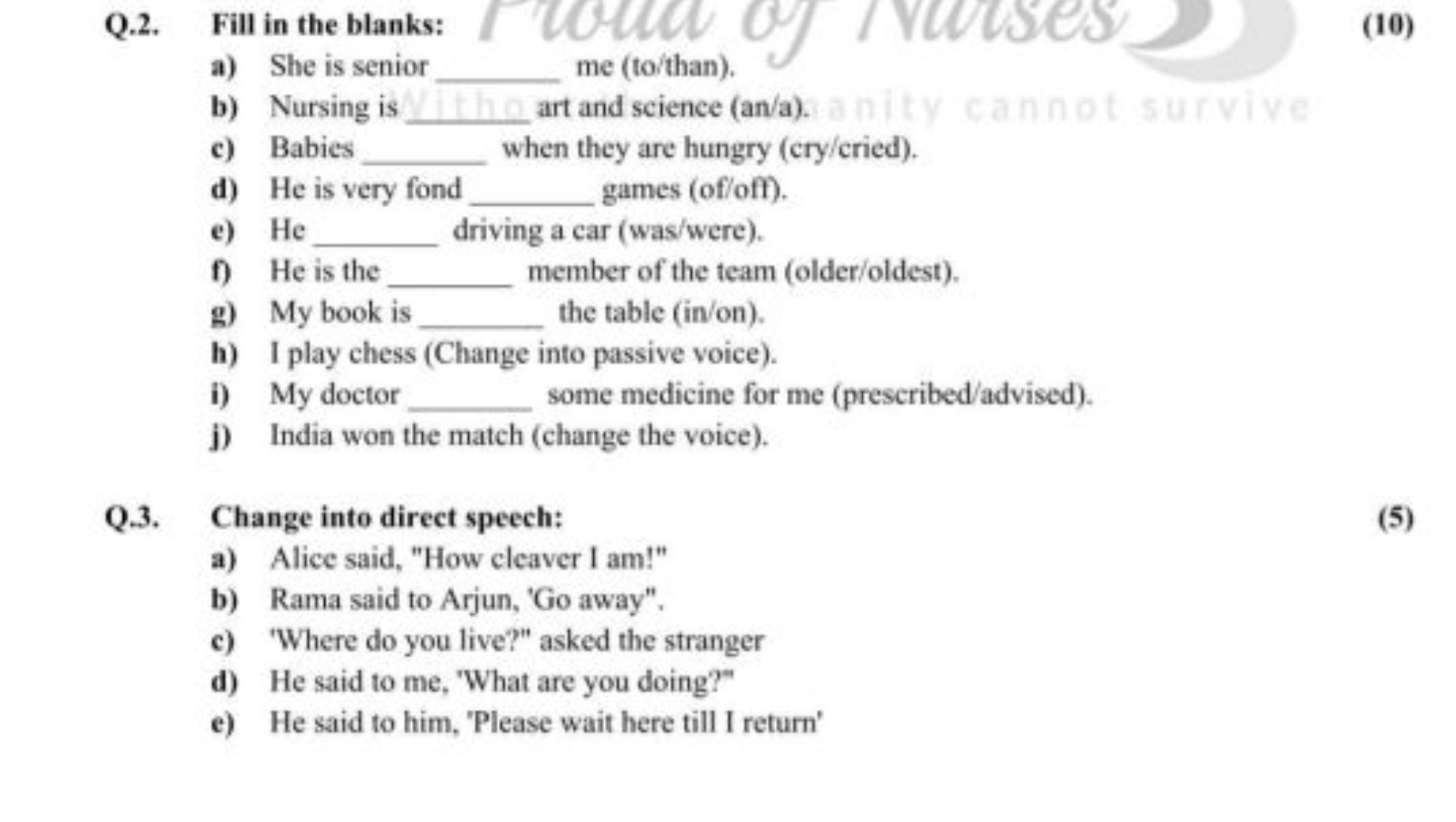Fill in the blanks examples are a great way to test your knowledge and understanding of a particular topic. They are commonly used in educational settings to assess students’ comprehension and retention of material. By providing a sentence or passage with missing words, fill in the blanks exercises challenge individuals to recall information and apply it in context.
These exercises can be found in various subjects such as language arts, math, science, and history. They not only help reinforce key concepts but also improve critical thinking skills and problem-solving abilities. Fill in the blanks examples are versatile tools that can be tailored to different learning objectives and levels of difficulty.
Examples of Fill in the Blanks:
1. The capital of France is _____.
2. The formula for finding the area of a rectangle is length x _____.
3. Photosynthesis is the process by which plants convert sunlight into energy and produce _____.
Fill in the blanks exercises can be as simple as single-word answers or more complex with multiple missing words in a sentence. They require active engagement from the participant to recall information accurately and apply it within the given context. This type of interactive learning promotes retention and understanding of the material.
Teachers often use fill in the blanks examples as formative assessments to gauge students’ progress and identify areas for improvement. By analyzing the responses, educators can tailor instruction to address specific learning needs and provide targeted support. Fill in the blanks activities can be integrated into lesson plans as warm-up exercises, quizzes, or homework assignments.
Students can also benefit from creating their own fill in the blanks examples to reinforce their understanding of a topic. By constructing sentences with missing words, learners actively engage with the material and deepen their comprehension. This practice not only enhances retention but also fosters creativity and critical thinking skills.
In conclusion, fill in the blanks examples are valuable tools for assessing knowledge, reinforcing concepts, and promoting active learning. Whether used in the classroom or as part of self-study, these exercises encourage engagement and application of information. By incorporating fill in the blanks activities into educational practices, individuals can enhance their understanding and retention of material.
